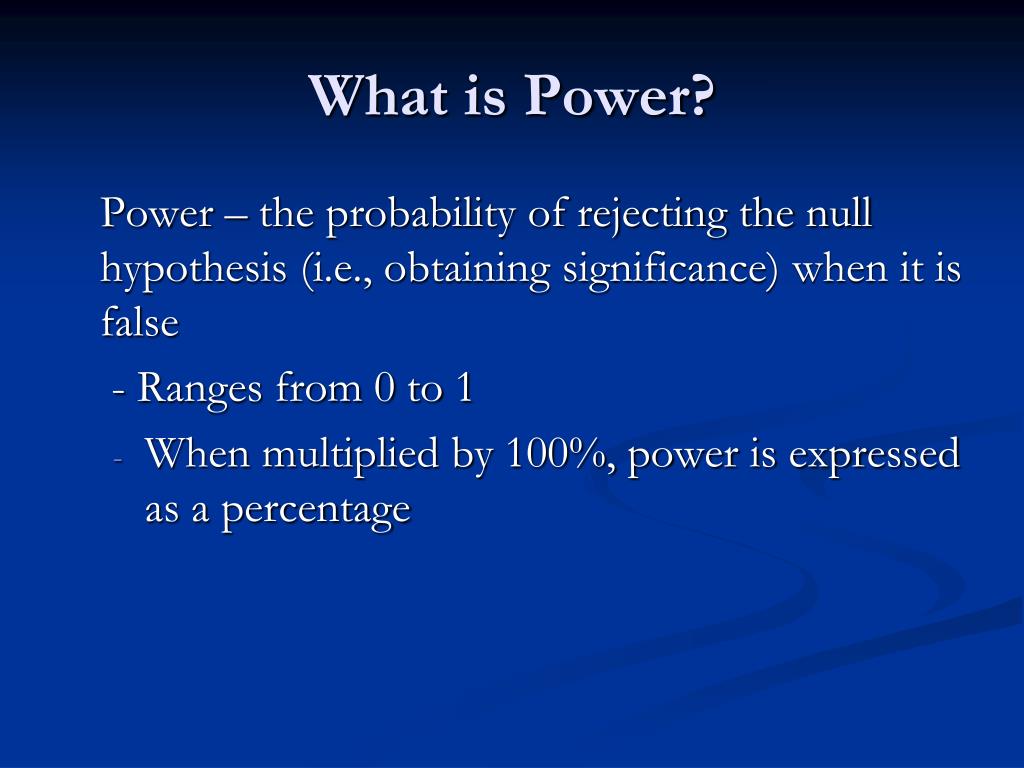
Repeated Measures ANOVA in clinical trials While, for the "between" variance, it seems to me the other options are extremely conservative, basically corresponding to a correlation as close to 1 as possible (after running different effect sizes, I would say it typically is 0.9999), for the "within" and the "interaction" effect the issue (a personal communication with one of the G*Power developers confirmed it) is the one described here: GPower: Difference in Sample Size for ANCOVA vs. The formula is shown in the paper's Appendix.

This is because correlation is not incorporated directly, but it is part of the formula (thus, it must be explicitely defined, because it is necessary to calculate the non-centrality parameter). (the point being whether the sample size or the degrees of freedom are used) Īs you noticed, the "f" for GPower 3.0 is very different. They actually vary based on how the non-centrality parameter is calculated "f(U)" for SPSS and "f(V)" for Cohen (1988) are very similar. This huge difference between the "as in G*Power 3.0" (having a much larger value of the required sample size) and the other options for the within-between interaction has been noted elsewhere (see, for example, here: ), and I see it also holds for the "within" effect (giving the same results). We deliberately limited this tutorial to the most important effect size measures in a (perhaps futile) attempt to not overwhelm our readers.May be read to see what the option "as in G*Power 3.0" does. The figure below shows how required sample size depends on required power and estimated (population) effect size for a multiple regression model with 3 predictors. However, these also depend on the number of predictors involved. \(f^2\) is useful for computing the power and/or required sample size for a regression model or individual predictor. This makes it very easy to compute \(f^2\) for individual predictors in Excel as shown below. $$W = \sqrt\) -the squared semipartial (or “part”) correlation for some predictor. Ĭohen’s W is the effect size measure of choice for the contingency coefficient (chi-square independence test).Cramér’s V (chi-square independence test) and.Chi-Square TestsĬommon effect size measures for chi-square tests are This Googlesheet is read-only but can be downloaded and shared as Excel for sorting, filtering and editing.

even before collecting any data, effect sizes tell us which sample sizes we need to obtain a given level of power -often 0.80.įor an overview of effect size measures, please consult this Googlesheet shown below.This is the probability of rejecting some null hypothesis given some alternative hypothesis

we need an effect size measure to estimate (1 - β) or power.effect sizes allow us to compare effects -both within and across studies.How much do the data differ from the hypothesis?Īn effect size measure summarizes the answer in a single, interpretable number. This may be a nice first step, but what we really need to know is If this probability is low, then this hypothesis probably wasn't true after all. Statistical significance is roughly the probability of finding your data if some hypothesis is true. The difference between data and some hypothesis. Effect Size – A Quick Guide By Ruben Geert van den Berg under Basics & Statistics A-ZĮffect size is an interpretable number that quantifies


 0 kommentar(er)
0 kommentar(er)
